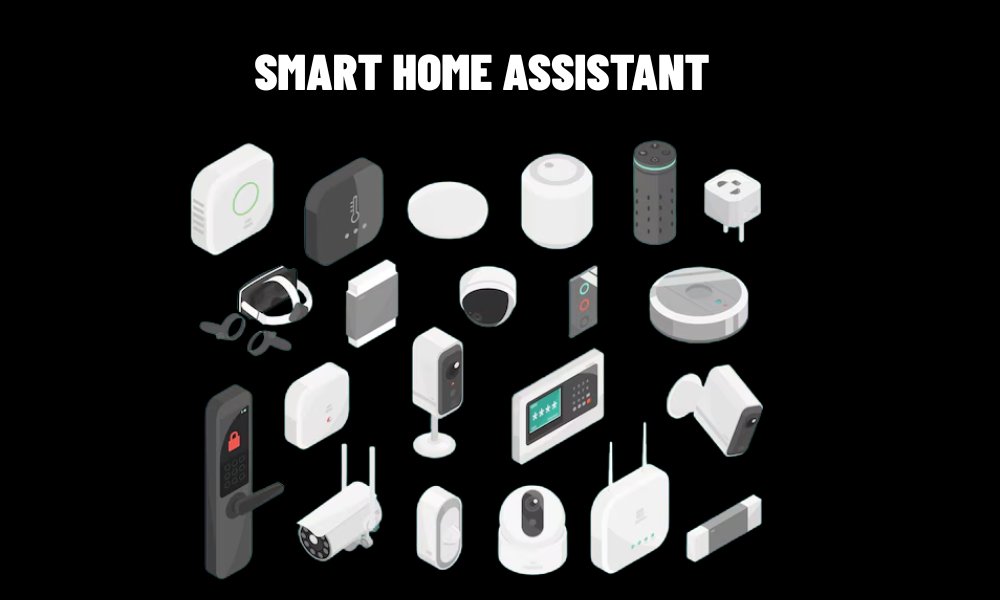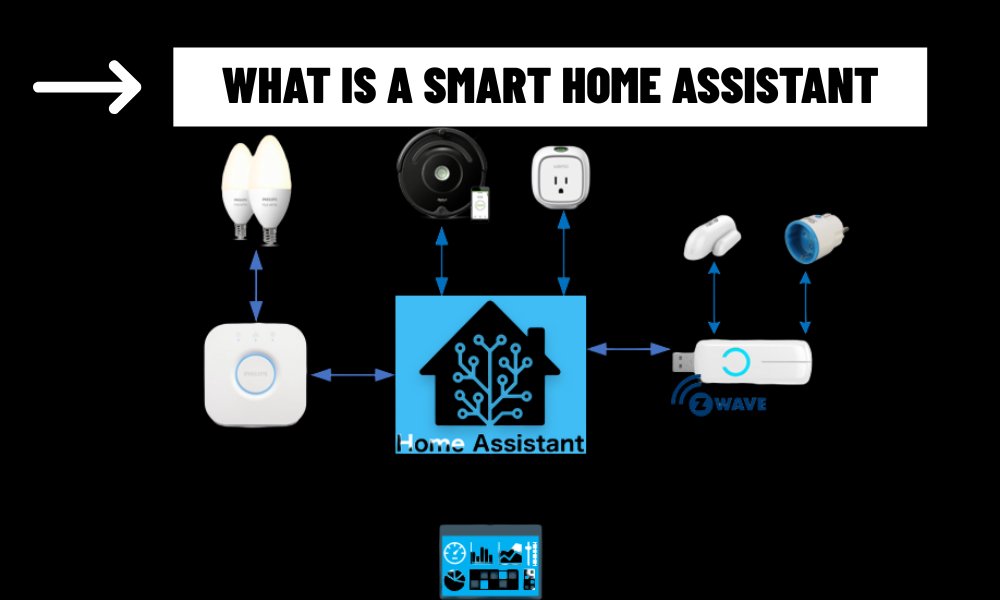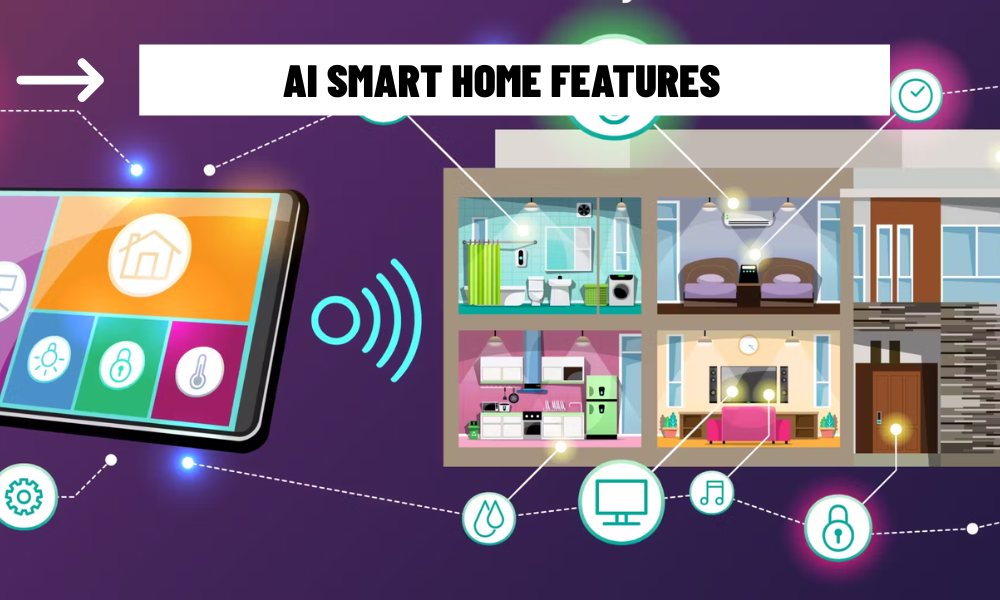Contents
What is a smart home assistant?
A smart home assistant is a digital assistant powered by artificial intelligence (AI) and designed to help users manage and control their smart home devices. It acts as a central command point, allowing homeowners to interact with various connected devices using voice commands, mobile apps, or other forms of input. Smart home assistants simplify the management of everyday tasks, making homes more convenient, efficient, and secure.
Typically, smart home assistants are integrated with voice recognition systems, which means you can control devices through spoken commands. These assistants can also integrate with different types of devices, including smart lights, thermostats, locks, security cameras, appliances, and more, to create a cohesive and automated home environment.
How Does a Smart Home Assistant Work?
A smart home assistant functions by linking together different smart devices in the home and acting as the hub for communication between them. These assistants usually rely on the cloud and voice recognition technology to process commands and perform tasks.
For example, when you say “Hey Google, turn off the lights” or “Alexa, set the thermostat to 72 degrees,” the assistant interprets the voice command and sends signals to the appropriate smart device to take action. The assistant can also control smart home hubs, which help connect devices from different brands and protocols.

Types of Smart Home Assistants
Amazon Alexa
Alexa is one of the most popular smart home assistants, primarily integrated into Amazon Echo devices. Alexa can control a wide range of compatible smart home devices, such as lights, locks, thermostats, and more. It also enables users to set routines, control devices with voice commands, and even integrate third-party services, like music streaming or shopping.
Features:
- Voice control for a wide range of devices
- Integration with Amazon’s ecosystem (e.g., Alexa can play music from Amazon Music or create shopping lists)
- Support for skills (third-party apps) to expand functionality
Google Assistant
Google’s Assistant is integrated into devices like Google Nest Hub, Google Nest Audio, and smartphones with the Google Assistant app. Similar to Alexa, Google Assistant can control smart devices, answer questions, manage schedules, and even provide personalized recommendations based on your preferences.
Features:
- Google search integration (can answer questions, provide real-time updates, etc.)
- Multi-device control with Google Home ecosystem
- Voice control for smart devices, lights, thermostats, and more
Apple Siri:
Siri, Apple’s voice assistant, is available on iPhones, iPads, MacBooks, and HomePods. Siri works in conjunction with Apple HomeKit, a platform that connects compatible smart home devices and allows users to control them using voice commands or through the Home app.
Features:
- Deep integration with Apple’s ecosystem (iOS, iPadOS, macOS, etc.)
- Strong privacy features, as Apple emphasizes data security
- Voice control for Apple HomeKit-compatible devices (lights, locks, cameras, thermostats)
Microsoft Cortana
While Cortana was initially launched by Microsoft as a voice assistant, it has shifted focus from consumer smart home automation to business productivity tools. However, Cortana still integrates with some smart devices through Microsoft’s ecosystem, especially when paired with Windows-based systems.
Features:
- Primarily geared towards productivity and work-related tasks
- Integration with Windows 10 and Microsoft 365
- Limited integration with smart home devices, compared to Alexa and Google Assistant
What Can a Smart Home Assistant Do?
Smart home assistants offer a wide range of functions and capabilities to help manage and optimize your home environment. Some of the most common tasks include:
Voice Control:
Smart assistants allow you to control devices via voice commands. For example, you can say, “Alexa, dim the living room lights” or “Hey Google, play music in the kitchen.”
Automation and Routines:
You can set up automated routines that trigger actions based on specific conditions. For instance, you could create a routine where the smart thermostat adjusts to a comfortable temperature when you arrive home, the lights turn on, and your security system disarms automatically.
Managing Schedules:
Smart assistants can help with managing your daily schedule. They can send reminders, alarms, or alerts. For example, you can set reminders to water your plants, take medication, or lock the door before bed.
Security and Surveillance:
Many smart assistants can integrate with smart cameras and security systems, providing alerts, live video feeds, and notifications on your smartphone if motion is detected or a door is left unlocked.
Entertainment:
They can play music, control your smart TV, or even set up home theater experiences. For example, you can ask Alexa to play a specific song or movie, or ask Google to cast YouTube to your smart TV.
Energy Management:
Smart assistants can help monitor and optimize energy consumption. For instance, you can set your thermostat to adjust based on your schedule, or monitor the usage of smart appliances to ensure you’re not wasting electricity.
Shopping:
Some assistants, like Amazon’s Alexa, can help with shopping. You can ask Alexa to reorder an item, check product prices, or track your deliveries.
Why Use a Smart Home Assistant?
With a smart assistant, you can control a variety of smart home devices without needing to interact with each one individually. It provides a seamless way to manage everything, from lighting and climate control to security.
Many tasks in a smart home can be controlled entirely by voice. This hands-free operation is particularly useful when your hands are full or if you are far from the device you want to control.
Smart assistants can learn your preferences over time and make personalized recommendations. For example, Google Assistant might suggest music playlists based on your listening habits, or Alexa might suggest a movie based on your previous choices.
The integration of smart home assistants with security systems adds another layer of protection for your home. Real-time notifications, security camera feeds, and smart door locks can be managed easily from one place.
For individuals with mobility issues or disabilities, smart home assistants offer a powerful way to control the environment without needing to physically interact with devices.
Conclusion
A smart home assistant is a cornerstone of the modern connected home, offering voice control, automation, and seamless integration across various smart devices. Whether it’s Amazon Alexa, Google Assistant, or Apple Siri, these digital assistants bring convenience, efficiency, and personalization to everyday tasks. As the smart home ecosystem continues to grow, the role of these assistants will only expand, making them increasingly indispensable in homes worldwide.



